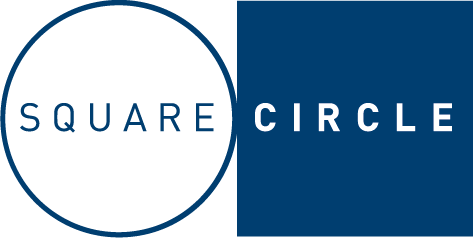Creating new future
Creating new future, Travel agency, 30 people in Brussels.
- CEO and CFO are fired (breach of shareholder’s trust)
- New CEO is appointed but the team in Brussels refuses to accept it and threatens with a split

- A split-off would mean the end of the office
ANALYSIS
- Atmosphere is very hostile to change.
- CEO and CFO have “agitated” the people against the shareholder and had already started organising a split-off in secret.
- New CEO is very professional, has been working in the group for a long time but in a different travel segment. Employees are reluctant to accept him because he allegedly has no experience in their luxury segment. In fact, they would like to run the office themselves.
- Employees have drawn up a document with their requirements for the recruitment of a new CEO. Many requirements are unrealistic.
APPROACH
- Proposal: not a “frontal” attack but involving employees in the “new” project, building the travel agency of the future.
- As a result, gradually gaining the confidence of the employees in the new CEO.
- At the same time, using the expertise and talents of employees to take the business to an even higher level of customer loyalty.
- Harvard methodology used to determine the company’s vision and mission together with employees.
- Based on this, draw up a strategic plan for 3 years.
- Involve all employees in the implementation of the plan.
RESULTS
- Created a very strong shared vision and mission, which employees and shareholder support 100%
- Trust in the CEO has grown.
- Willingness to work on the future can be seen in the daily improvements (work organisation, follow-up of customers, etc.).
- Shareholder agrees to give employees shares.
- A crisis has been avoided.
- Survival is assured.
- Implementation of the strategic plan: using SEAM for this as well is currently being considered.
